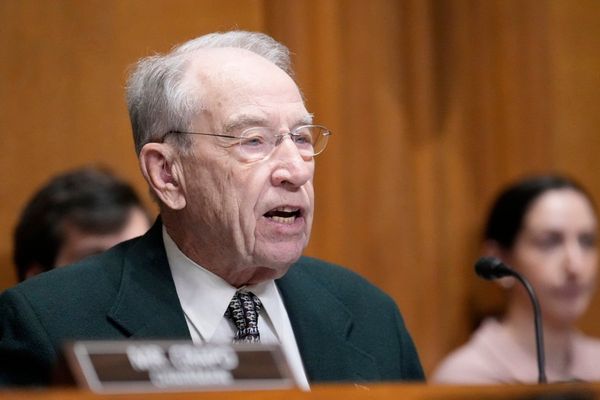
The Gabba is better known for hosting Ashes Tests, the Brisbane Lions, and the odd Adele concert. But on 24 September 1921, the Brisbane cricket ground hosted one of the most significant fixtures in Australian women’s football history – the first representative match.
The Queensland Football Association (QFA), the tightly clenched men’s state governing body, had taken no small amount of convincing to include women’s teams on their match-day card. However, funds raised from the estimated turnout, newspapers report about 10,000, certainly eased their torment. That would remain a record crowd for a women’s match in Australia for nearly a century, when the Matildas defeated Brazil at a sold out Penrith stadium with 17,000 watching on in 2017. The women got a cut of gate takings too – their £90 share is the first recognised income for women’s football in Australia.

Wedged between two men’s fixtures, the game has often been portrayed since as an exhibition, a one-off novelty. But it was the first of a short series of representative matches in south-east Queensland which proved immediately popular, but quickly faded after the ban on women’s football in England a few months later.
Trials had been run in the weeks leading up to the match from the few local teams in Brisbane at the time. Local historians have argued the estimated attendance is a reflection of the men’s matches either side, but there’s no question the women’s match contributed a lot of the interest. Three weeks later in nearby Ipswich another women’s headline match drew a crowd of more than 3,000, in a city that had a population of just over 20,000 at the time.
Local cabaret singer and celebrity, Amy Rochelle of the Town Topics Theatre Company kicked off proceedings at the Gabba from the centre spot, her striking patterned dress and matching bonnet at odds with the players’ no-nonsense sporting attire. All players, however, wore hats.
Newspaper reports heralded the game’s standout players. Jean Campbell, the 16-year-old captain and talented midfielder scored one for the Reds and contributed to their second. Her touches were cheered, her name chanted by an enthusiastic crowd. Her Blues counterpart, G. “Fatty” Wenlock, brought experience playing for English military teams to defensive efforts. The captains and teammates were drawn from the first three teams training and playing in the city at the time, though it is likely as many as five or six teams were formed during the period.

To maintain a low profile, the women undertook closed-door practice sessions in the Brisbane Gymnasium, often with a ball painted with aluminium that sparkled to help visibility in the poor light. There were valid concerns of exposing their practice to ridicule and men who were titillated by watching women playing in shorts. The male gaze and condescension is written large in reports of matches.
Formed a few months before the match, the Queensland Women’s Ladies Soccer Football Association had attempted to affiliate with the men’s association almost immediately but were refused. Not to be deterred, the women approached the burgeoning Australian rules football competition to see if they might play a curtain raiser. The men took the mark, welcoming the women with open arms (Australian press had reported on large crowds attending women’s football matches in England). It was only then, after the resignation in protest and subsequent reinstatement of a chagrined QFA chair, that the Gabba match went ahead.
Remarkably, only a few hours before its kick-off, two women’s teams made up of players selected from several local sides played out a similar rep match in Christchurch. The teams in Brisbane and Christchurch, who would not have known of their counterparts, were not the first to form or play in the region, but they were the first representation of ongoing sustained organised competition. Women’s teams also played Australian rules football and rugby league before significantly large crowds.
Served by political agendas and spurious arguments about women’s health, the English Football Assocation (the FA) banned women’s football on 5 December 1921, which officially lasted another 50 years in Britain. Australian women continued to play, but interest was affected. An article in April 1922 reported that women were reluctant to play as a result of their fear of public opinion. Instead, women were encouraged into more “suitable” sports such as netball, hockey and vigoro. Women’s football didn’t pick up momentum again until the 1960s. In New Zealand play evaporated until the game found its footing in the 1970s.
Now, the two nations host the biggest football event (women’s or men’s) seen in Oceania. Records for tickets sales and attendances will be smashed across the tournament, with matches sure to leave a lasting impression on our sporting landscape.
Lee McGowan is a senior lecturer at the University of the Sunshine Coast, and recently co-authored Women’s Football in Oceania (Routledge)







